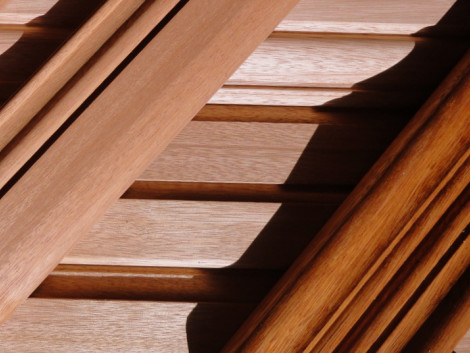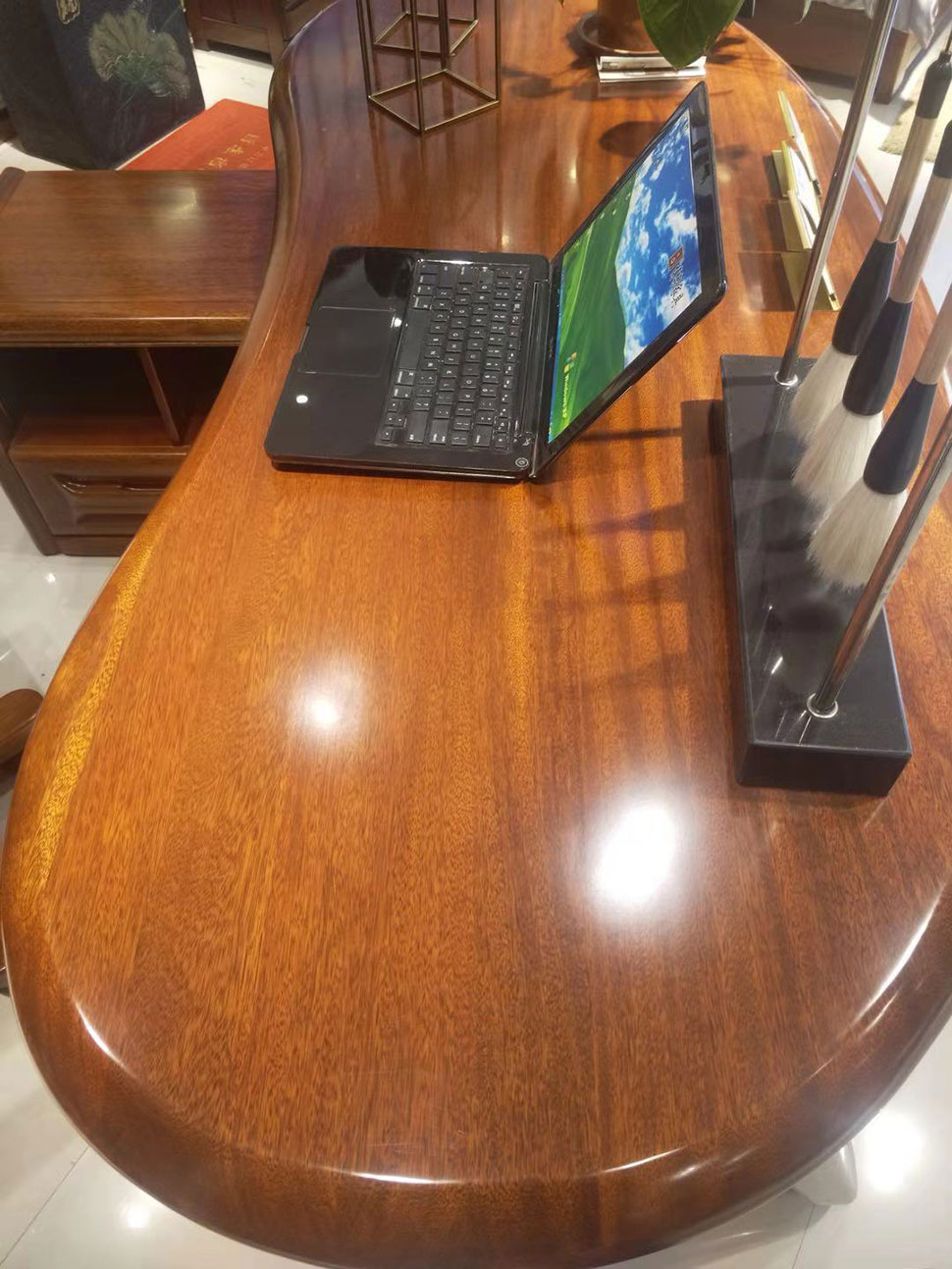

Stories | 12.11.2020
Compagnie des Bois du Gabon sees good prospects for developing the market for a versatile secondary tropical species. Mike Jeffree reports

It’s widely accepted that using secondary timber species, rather than focusing solely on established commercial varieties, helps make sustainable forest management more so. It also makes it more economically viable. To this end, Port Gentil-based Compagnie des Bois du Gabon (CBG) has been developing production and promotion of gombé for a range of end uses.
The 40-year-old company manages 600.000 ha of FSC-certified forest and produces 150,000 m3 of sawn timber a year, plus okoumé veneers for its partner, the French plywood manufacturer Joubert. It supplies azobé/ekki for marine applications, decking and railway sleepers, plus bilinga, niové and padouk for decking and decking substructures.
The company began its development programme to bring gombé into its mix of species seven years ago, seeing significant commercial opportunities for the timber, given its abundance and versatility.
“Gombé (Didelotia spp.) is most common in Gabon, Cameroon and the Central African Republic, but occurs across all West African rainforest, from Liberia and Sierra Leone to the Republic of the Congo,” said CBG head of sales development, marketing and communication Emmanuel Groutel. “Greater quantities could be exported with no adverse effect on sustainability.”
The company bills the species as an alternative to sapele, African mahogany and dark red meranti and says it’s suited to make a wide variety of end products. The extensive list on its website (www.cbg-wood.com) ranges from plywood and veneers, through interior and exterior (in ‘temperate’ areas) joinery, to mouldings, staircases, coffins and vehicle and container flooring. “Gombé has good machining and finishing properties, it poses no particular kilning issues, gives good screw and nail retention, and it’s suited to all the most commonly used glues,” said Dr Groutel. “It can also be peeled and used to make finger-jointed and laminated components.”
Gombé trees can grow over 50 m. high, and the trunk is practically cylindrical for 20-25 m. from its short, thick buttresses, resulting in well-shaped logs with diameters up to 1.2 m.
“The sapwood is whiteish to yellowish and the heartwood salmon pink, sometimes with a few brown veins,” said Dr Groutel. “The grain is mostly straight, with some occasional slight interlocking.”
CBG has also recently been developing its production facilities. A significant proportion of its sawn timber output (in gombé and okoumé) is now kiln-dried and it is currently upgrading drying facilities further. It has also overhauled its dust extraction system and installed two new edge trimmers.
As for the market response to gombé, the company describes it as positive, with many customers placing regular repeat orders after trialing the material. Main markets are currently China, Italy, Spain, Pakistan, France and UAE. Development of the UK market is currently exploratory, but CBG sees opportunities to promote the timber there as an FSC-certified meranti substitute. Looking forward, the company intends to increase production and promote the species even more widely. “There’s potential to double current production levels,” said Dr Groutel.
